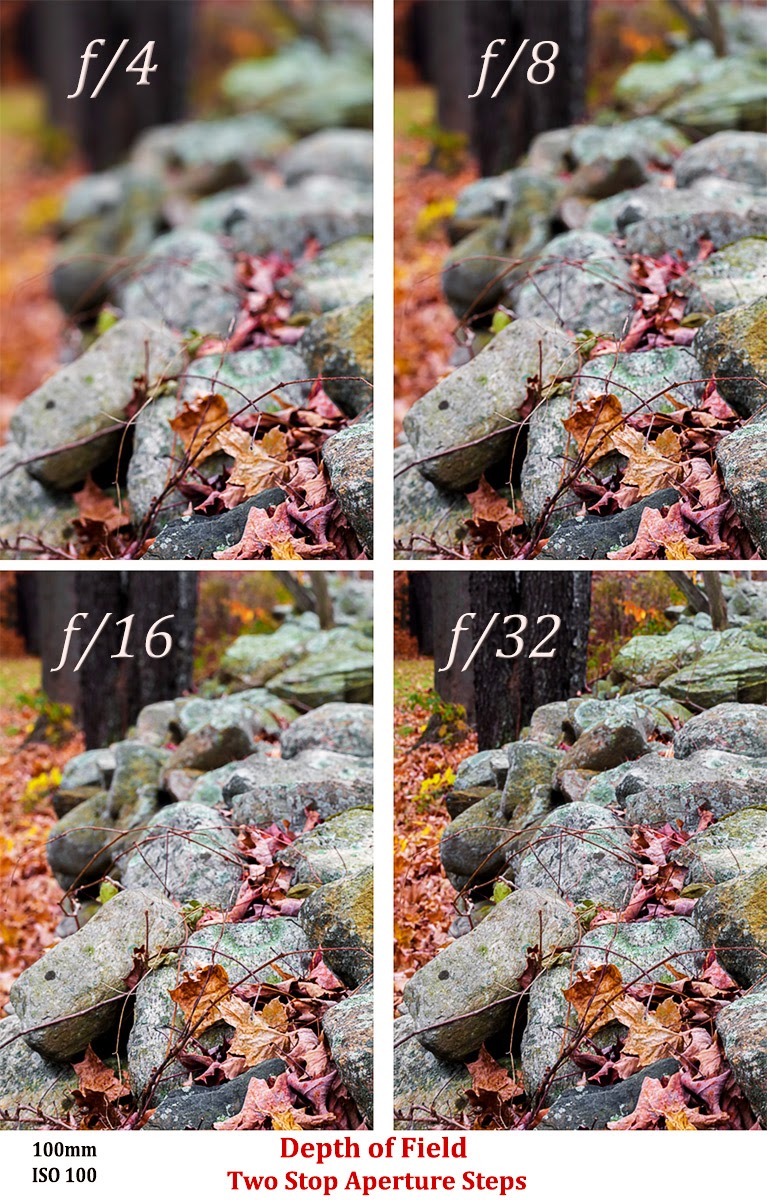Buy, Buy, Buy!
 |
| Lost In the Toadstool Calendar Rack |
Of course this article is an unapologetic attempt to get you to support my "New England Reflections Calendar." With all the competition it can be a struggle to command the attention of the calendar buying public. I have no magic formula, but I can relate what has seemed to work for me over the last ten years.
Find a Cause
First and foremost, I feel that it has been the cause, to which all of the profits have been dedicated, that accounts for the popularity of
 my calendar. For a number of years I struggled with the thought of producing a calendar. I felt uncomfortable with the idea of profiting by trying to market my work to all my unfortunate friends and family. Then a patient who is also a friend suggested that I sell the calendar to benefit a local charity. I knew exactly where I wanted the money to go, and over the last 10 years I've managed to send over $40k to support the work of the Pulmonary Rehabilitation Program at the Cheshire Medical Center in Keene, New Hampshire. The money has been used to help patients who would not have been able to afford the program and has made possible special events that have added to the experience for many needy participants. Getting no financial benefit from the sales has also made me much more comfortable when I shamelessly and obnoxiously hawk the calendar throughout the community. Of course, with the money going to such a worthy local cause, it has been easier to get a long list of wonderful stores to sell the calendar.
my calendar. For a number of years I struggled with the thought of producing a calendar. I felt uncomfortable with the idea of profiting by trying to market my work to all my unfortunate friends and family. Then a patient who is also a friend suggested that I sell the calendar to benefit a local charity. I knew exactly where I wanted the money to go, and over the last 10 years I've managed to send over $40k to support the work of the Pulmonary Rehabilitation Program at the Cheshire Medical Center in Keene, New Hampshire. The money has been used to help patients who would not have been able to afford the program and has made possible special events that have added to the experience for many needy participants. Getting no financial benefit from the sales has also made me much more comfortable when I shamelessly and obnoxiously hawk the calendar throughout the community. Of course, with the money going to such a worthy local cause, it has been easier to get a long list of wonderful stores to sell the calendar.Quality Counts
All tricks aside, the quality of the images is most important for the long term popularity of the calendar. I've talked about the struggle
 |
| November |

2015 Gallery
Image Information and Links
Keep it Local
Of course the content of the calendar is very important. I know my customers and, as the "New England Reflections" title implies, I
 |
| Westmoreland, NH |
Get it Out
I have mentioned before the importance of getting the calendar out early. This has always been a problem for me, but in the last couple
 of years I have been able to start distribution in the late summer. The key is to get to people before they make their yearly calendar purchases and before the flood of free calendars start flowing in.
of years I have been able to start distribution in the late summer. The key is to get to people before they make their yearly calendar purchases and before the flood of free calendars start flowing in.The real purpose of this blog is to remind everyone that it is calendar time. I, and the patients with chronic lung diseases in our community, would appreciate you considering buying one ( or ten ) New England Reflections Calendars. You can find the calendar at the Cheshire a Medical Center Gift Shop off of the main lobby or on-line at the hospital web site, and we will pay for the shipping.
Calendars are also available in many fine stores including:
Toadstool Bookstore in Keene and Peterborough, NH
Hanna Grimes, Keene, NH
Sharon Arts Center, Peterborough, NH
Harrisville General Store, Harrisville, NH
Monadnock Imaging, Keene, NH
Ingenuity Country Store, Keene, NH
Monadnock Food Co-op, Keene, NH
Heidis/Tildens Hallmark Store, Keene, NH
Nicole & Bonnie's Salon, Keene, NH
Leon's Auto Center, Keene, NH
Alyson's Orchard, Walpole, NH
J & J Discount Store, Chesterfield, NH
Westmoreland General Store, Westmoreland, NH
Gilsum General Store, Gilsum, NH
Walpole Grocery, Walpole, NH
Jingles Christmas Store, Westmoreland, NH
Harlow's Sugar House, Putney, Vt
Newfane Market, Newfane, Vt
Vermont Artisans Design, Brattleboro, Vt
South Woodstock Country Store, South Woodstock, Vt
This week's snow is a potent reminder that January is right around the corner, so get out there and buy calendars!

We thank you all for your wonderful support.
Jeffrey Newcomer
Partridgebrookreflections.com





















































